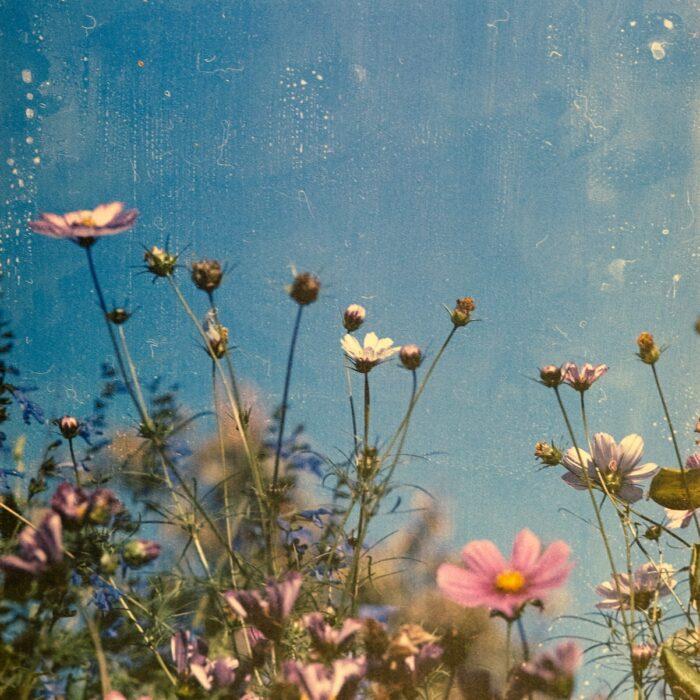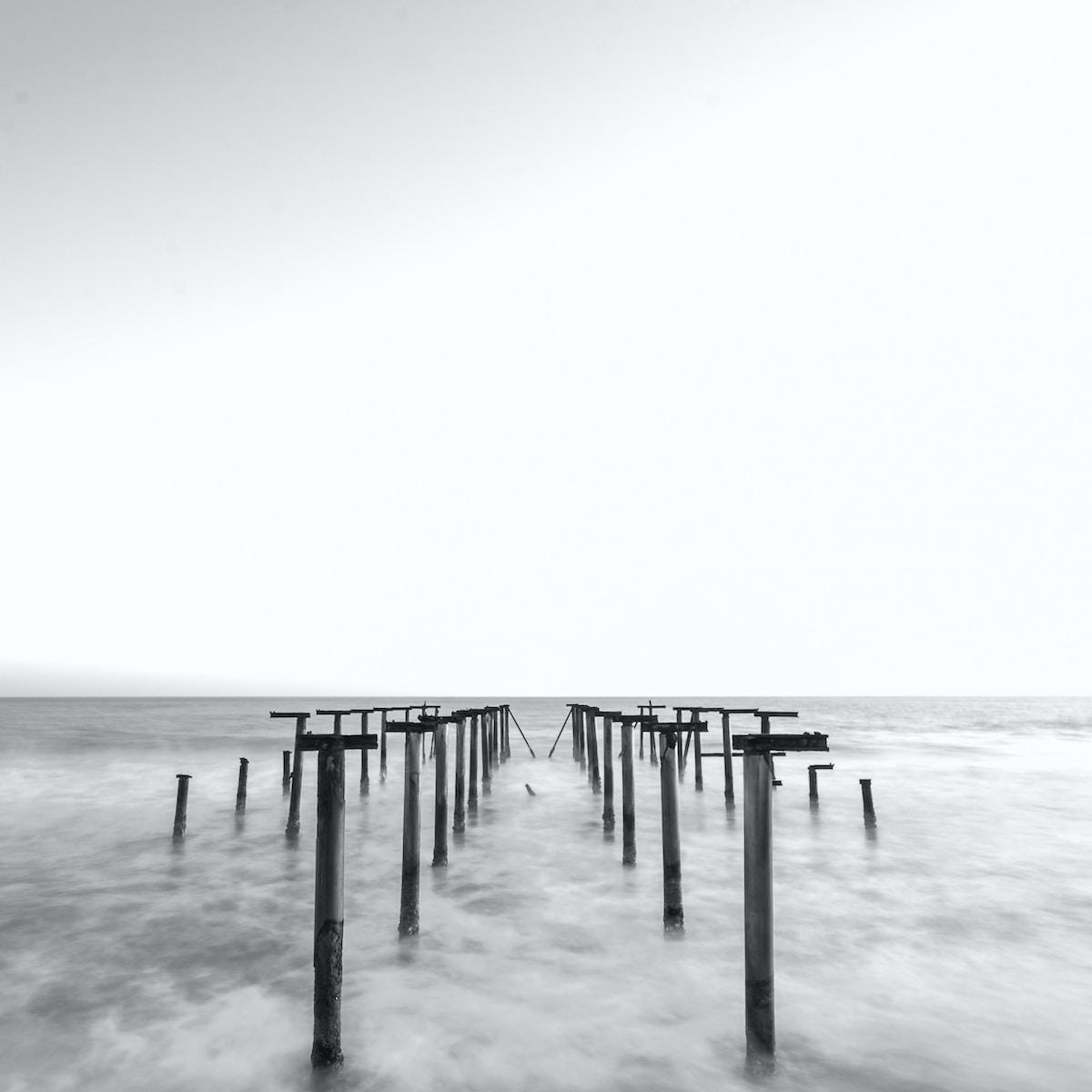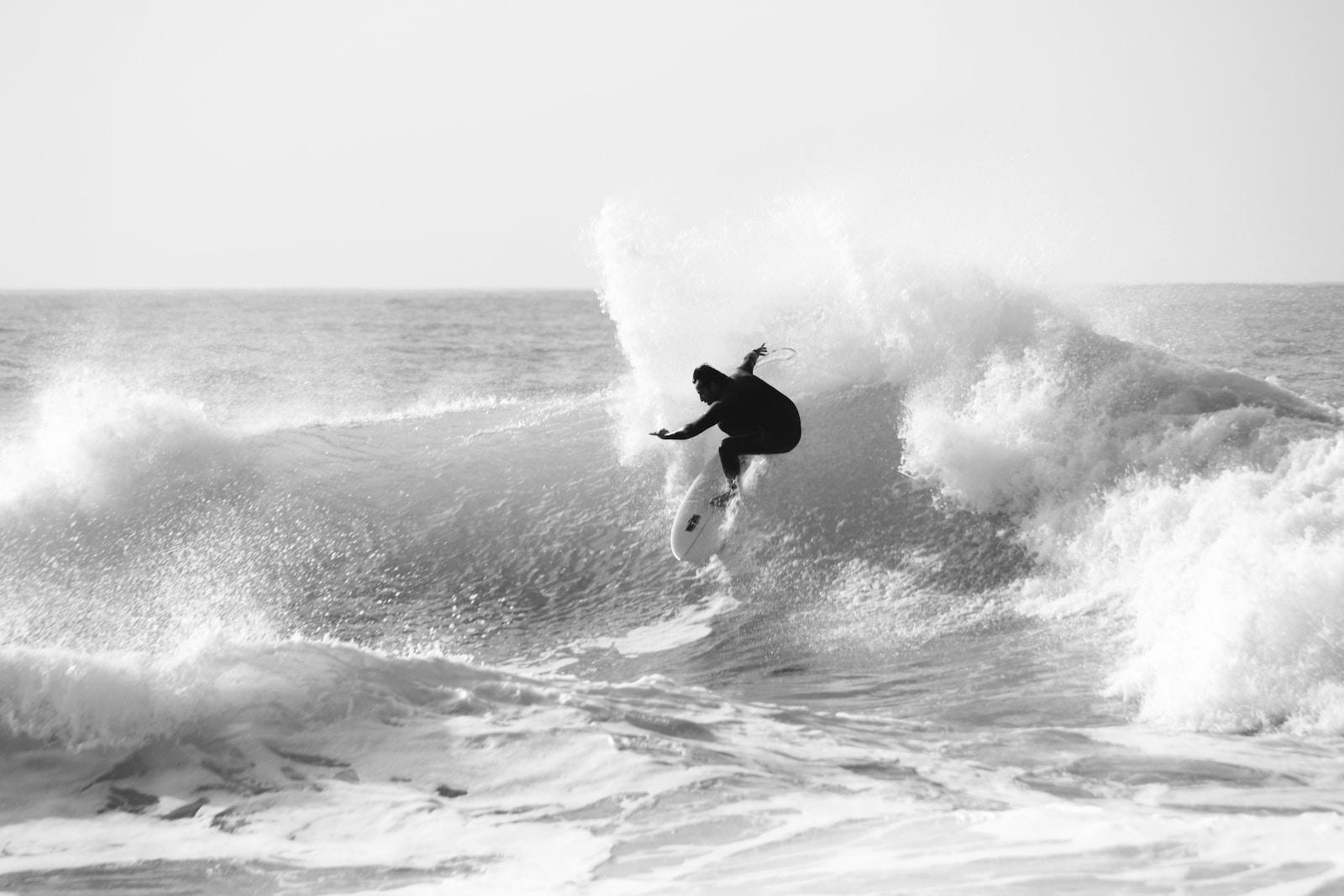Introduction
In an era dominated by digital technology, film photography has experienced a remarkable resurgence. Despite the convenience and speed of digital cameras, many photographers and enthusiasts are drawn to the unique qualities and charm offered by analog photography. This article delves into the reasons behind the renewed interest in film photography, explores its distinct characteristics, and provides valuable tips on shooting, developing, and scanning film.
I. The Allure of Film Photography
Film photography possesses an inherent charm that captivates both seasoned photographers and newcomers alike. The tangibility of physical negatives and prints, the unpredictable and organic nature of the process, and the nostalgic aesthetics are some of the factors driving the resurgence of film. The absence of immediate gratification forces photographers to slow down, carefully compose each shot, and truly consider the moment they aim to capture.
Film also offers unique visual qualities. The dynamic range, color rendition, and grain structure of different film stocks create distinct looks that cannot be perfectly replicated by digital cameras. The imperfections and occasional light leaks add character to the images, contributing to their timeless appeal.
II. Shooting Film: Tips and Techniques
For those venturing into film photography, understanding the basics is crucial. Here are some valuable tips to enhance your shooting experience:
- Choosing the Right Film: Experiment with different film stocks to find the one that suits your desired aesthetic. Each film has its own characteristics, such as color saturation, contrast, and grain. Popular options include Kodak Portra for vibrant colors and skin tones, Ilford HP5 for classic black and white, and Fujifilm Provia for vivid landscapes.
- Mastering Exposure: Unlike digital cameras, film requires careful exposure control. Learn to read light conditions, use a light meter, and understand the reciprocity failure of certain films for accurate exposures.
- Composition and Patience: Take your time when composing shots. Consider the subject, framing, and overall mood you want to convey. With limited exposures on a roll, each shot becomes more valuable, encouraging intentionality and patience.
III. Developing and Scanning Film
The process of developing and scanning film is an integral part of the analog workflow. While professional labs offer reliable services, developing film at home can be an engaging and rewarding experience. Here are some key points to keep in mind:
- Setting up a Darkroom: If you choose to develop film at home, you will need a darkroom or a light-tight space to handle the film and chemicals. Make sure to follow safety procedures and acquire the necessary equipment, such as a film developing tank, measuring cylinders, and a thermometer.
- Developing Techniques: Research different developing methods, such as black and white (BW) and color processes. Learn to mix and handle the chemicals correctly, adhere to specific timings, and control temperature for consistent results. Practice and experimentation will help you refine your technique.
- Scanning and Digital Workflow: Once your film is developed, scanning allows you to create digital files for editing and sharing. Invest in a quality film scanner or use professional scanning services. Pay attention to resolution settings and dust removal techniques during the scanning process.
IV. Embracing the Analog Experience
In the digital age, where instant gratification is the norm, film photography provides a refreshing alternative. The limitations imposed by film—such as the limited number of exposures and the delayed gratification of waiting for developed prints—encourage photographers to slow down, be more intentional, and savor the process.
Analog photography fosters a stronger connection with the art form. It encourages learning from mistakes, experimenting with different techniques, and appreciating the value of each frame. The anticipation of receiving developed prints or seeing scanned images adds an element of excitement and surprise that is often absent in the instant gratification of digital photography.
Furthermore, film photography encourages a deeper understanding of the technical aspects of photography. With the absence of instant previews, photographers must rely on their knowledge of exposure, composition, and lighting to capture the desired image. This strengthens their skills and fosters a more thoughtful approach to the craft.
Beyond the technical aspects, film photography also cultivates a sense of nostalgia and sentimental value. The physicality of holding a negative or a print creates a tangible connection to the captured moment. Each frame becomes a cherished memory, with its own unique story and emotional significance.
The resurgence of film photography has also led to a vibrant community of film enthusiasts and collectors. Online forums, social media groups, and local meetups provide a platform for sharing knowledge, exchanging tips and tricks, and showcasing inspiring work. The sense of camaraderie and mutual appreciation within this community adds another layer of enjoyment to the analog photography experience.
In conclusion, the resurgence of film photography can be attributed to its distinct qualities and the charm of analog. The tangible nature of film, the unique visual characteristics, and the deliberate and intentional approach it demands have captured the hearts of photographers. By following tips for shooting, developing, and scanning film, enthusiasts can embark on a fulfilling journey that embraces the beauty and authenticity of film photography. Whether it’s the anticipation of waiting for developed prints or the satisfaction of mastering the intricacies of the analog workflow, film photography offers a timeless and rewarding artistic expression in our digital age.





